|
Soy Street
Soy Street () is a street in Mong Kok, Kowloon, Hong Kong. It starts from Tak Cheong Street in the west, crosses several major streets including Nathan Road, and ends near Waterloo Road. The section between Nathan Road and Sai Yeung Choi Street South is for pedestrians only. The section between Nathan Road and Fa Yuen Street becomes crowded with people during the holiday season and at night. History The name Soy Street comes from a soya bean factory located in the area long ago. p. 57 In June 2004, pottery from the Eastern Han Dynasty (25–220AD) and Jin Dynasty (''aka''. Chin Dynasty; 266–420AD) were discovered at a construction site at the junction of Soy Street and Tung Choi Street. See also * List of streets and roads in Hong Kong The following are incomplete lists of notable expressways, tunnels, bridges, roads, avenues, streets, crescents, squares and bazaars in Hong Kong. Many roads on the Hong Kong Island conform to the contours of the hill landscape. S ... [...More Info...] [...Related Items...] OR: [Wikipedia] [Google] [Baidu] |
Kowloon
Kowloon () is an urban area in Hong Kong comprising the Kowloon Peninsula and New Kowloon. With a population of 2,019,533 and a population density of in 2006, it is the most populous area in Hong Kong, compared with Hong Kong Island and the rest of the New Territories. The peninsula's area is about . Location Kowloon is located directly north of Hong Kong Island across Victoria Harbour. It is bordered by the Lei Yue Mun strait to the east, Mei Foo Sun Chuen, Butterfly Valley and Stonecutter's Island to the west, a mountain range, including Tate's Cairn and Lion Rock to the north, and Victoria Harbour to the south. Also, there are many islands scattered around Kowloon, like CAF island. Administration Kowloon comprises the following districts: * Kowloon City *Kwun Tong * Sham Shui Po * Wong Tai Sin *Yau Tsim Mong Name The name 'Kowloon' () alludes to eight mountains and a Chinese emperor: Kowloon Peak, Tung Shan, Tate's Cairn, Temple Hill, Unicorn Ridge, L ... [...More Info...] [...Related Items...] OR: [Wikipedia] [Google] [Baidu] |
Soy Street Pedisterian Walkway 201207
The soybean, soy bean, or soya bean (''Glycine max'') is a species of legume native to East Asia, widely grown for its edible bean, which has numerous uses. Traditional unfermented food uses of soybeans include soy milk, from which tofu and tofu skin are made. Fermented soy foods include soy sauce, fermented bean paste, nattō, and tempeh. Fat-free (defatted) soybean meal is a significant and cheap source of protein for animal feeds and many packaged meals. For example, soybean products, such as textured vegetable protein (TVP), are ingredients in many meat and dairy substitutes. Soybeans contain significant amounts of phytic acid, dietary minerals and B vitamins. Soy vegetable oil, used in food and industrial applications, is another product of processing the soybean crop. Soybean is the most important protein source for feed farm animals (that in turn yields animal protein for human consumption). Etymology The word "soy" originated as a corruption of the Cant ... [...More Info...] [...Related Items...] OR: [Wikipedia] [Google] [Baidu] |
Mong Kok
Mong Kok (also spelled Mongkok, often abbreviated as MK) is an area in Kowloon, Hong Kong. The Prince Edward subarea occupies the northern part of Mong Kok. Mong Kok is one of the major shopping areas in Hong Kong. The area is characterised by a mixture of old and new multi-story buildings, with shops and restaurants at street level, and commercial or residential units above. Major industries in Mong Kok are retail, restaurants (including fast food) and entertainment. It has been described and portrayed in films as an area in which triads run bars, nightclubs, and massage parlours. With its extremely high population density of , Mong Kok was described as the busiest district in the world by the '' Guinness World Records''. Name Until 1930, the area was called Mong Kok Tsui (芒角嘴). The current English name is a transliteration of its older Chinese name 望角 (; ), or 芒角 (; ), which is named for its plentiful supply of ferns in the past when it was a coastal reg ... [...More Info...] [...Related Items...] OR: [Wikipedia] [Google] [Baidu] |
Hong Kong
Hong Kong ( (US) or (UK); , ), officially the Hong Kong Special Administrative Region of the People's Republic of China (abbr. Hong Kong SAR or HKSAR), is a city and special administrative region of China on the eastern Pearl River Delta in South China. With 7.5 million residents of various nationalities in a territory, Hong Kong is one of the most densely populated places in the world. Hong Kong is also a major global financial centre and one of the most developed cities in the world. Hong Kong was established as a colony of the British Empire after the Qing Empire ceded Hong Kong Island from Xin'an County at the end of the First Opium War in 1841 then again in 1842.. The colony expanded to the Kowloon Peninsula in 1860 after the Second Opium War and was further extended when Britain obtained a 99-year lease of the New Territories in 1898... British Hong Kong was occupied by Imperial Japan from 1941 to 1945 during World War II; British administration resumed afte ... [...More Info...] [...Related Items...] OR: [Wikipedia] [Google] [Baidu] |
Nathan Road
Nathan Road is the main thoroughfare in Kowloon, Hong Kong, aligned south–north from Tsim Sha Tsui to Sham Shui Po. It is lined with shops and restaurants and throngs with visitors, and was known in the post–World War II years as the Golden Mile, a name that is now rarely used. It starts on the southern part of Kowloon at its junction with Salisbury Road, a few metres north of Victoria Harbour, and ends at its intersection with Boundary Street in the north. Portions of the Kwun Tong and Tsuen Wan lines ( Prince Edward, Mong Kok, Yau Ma Tei, Jordan and Tsim Sha Tsui) run underneath Nathan Road. The total length of Nathan Road is about . History The first section of the road was completed in 1861. It was the very first road built in Kowloon, after the land was ceded by the Qing dynasty government to the United Kingdom and made part of the crown colony in 1860. The road was originally named Robinson Road, after Sir Hercules Robinson, the 5th Governor of Hong Kong ... [...More Info...] [...Related Items...] OR: [Wikipedia] [Google] [Baidu] |
Waterloo Road, Hong Kong
Waterloo Road is one of the principal north-south thoroughfares of Kowloon, Hong Kong. It stretches from Yau Ma Tei to Kowloon Tong. Location The road starts in the west at the intersection with Lai Cheung Road and Ferry Street, and runs east past Nathan Road. It then runs on a northeast-southwest alignment through the Yau Ma Tei and Ho Man Tin until the intersection with Princess Margaret Road and Argyle Street. The road then takes another turn and runs north through Kowloon Tong, leading towards the Lion Rock Tunnel. History Waterloo Road was named to commemorate the Battle of Waterloo. It was laid out in the early 20th century. The stretch of the road through Kowloon Tong was built in 1922 as part of the plans to develop the area. This portion of the road was designated as part of Hong Kong's Route 1 in 1974, and is the only part of Route 1 which features several intersections without grade separation. Features Kwong Wah Hospital, Wah Yan College, Kowloon, Maryknoll ... [...More Info...] [...Related Items...] OR: [Wikipedia] [Google] [Baidu] |
Sai Yeung Choi Street
Sai Yeung Choi Street () are two streets in Mong Kok, Kowloon, Hong Kong, namely, Sai Yeung Choi Street South (西洋菜南街) and Sai Yeung Choi Street North (西洋菜北街). Although officially two streets, local people seldom make distinction between them. They are separated by the Mong Kok Police Station. Sai Yeung Choi Street South is a popular hotspot for shopping and a tourist attraction. History The streets were built on watercress cultivation in a village, Mong Kok Tsuen (旺角村), in Mong Kok in 1924. The name Sai Yeung Choi is the Chinese name of watercress. As time went by, the village and fields were replaced by high-rise buildings. When the police station was built, the street was separated into two sections. In the late 1970s the Postmaster General suggested renaming the streets, appending "south" and "north", to reduce confusion. On 12 January 1979, the streets were renamed. In the 1970s, some buildings on Sai Yeung Choi Street were demolished to make way ... [...More Info...] [...Related Items...] OR: [Wikipedia] [Google] [Baidu] |
Fa Yuen Street
Fa Yuen Street () is a street between Boundary Street and Dundas Street in Mong Kok, Kowloon, Hong Kong. With over fifty stores selling sport shoes, the street is famous for selling sport gear and is known as ''Sport Shoes Street'' or ''Sneaker Street'' (波鞋街). ''Fa Yuen'' (花園) means "garden" in Cantonese. A much debated project of the Urban Renewal Authority may modify the street substantially. History During the Ming Dynasty (A.D 1368-AD. 1644) and the Qing Dynasty (AD 1644-AD 1911), Fa Yuen Street was a place of growing flowers, that belonged to Mong Kok village at that time. Characteristics Fa Yuen Street is a retail street with shops and hawker stalls selling bargain-priced fashion and casual wear for men, women and children and they usually open between 10:30 and 22:30 daily. At one point of Fa Yuen Street, the road is closed off to private cars for the convenience of the fresh produce market, which sells a variety of exotic fruits and vegetables in the mid ... [...More Info...] [...Related Items...] OR: [Wikipedia] [Google] [Baidu] |
Soya Bean
The soybean, soy bean, or soya bean (''Glycine max'') is a species of legume native to East Asia, widely grown for its edible bean, which has numerous uses. Traditional unfermented food uses of soybeans include soy milk, from which tofu and tofu skin are made. Fermented soy foods include soy sauce, fermented bean paste, nattō, and tempeh. Fat-free (defatted) soybean meal is a significant and cheap source of protein for animal feeds and many packaged meals. For example, soybean products, such as textured vegetable protein (TVP), are ingredients in many meat and dairy substitutes. Soybeans contain significant amounts of phytic acid, dietary minerals and B vitamins. Soy vegetable oil, used in food and industrial applications, is another product of processing the soybean crop. Soybean is the most important protein source for feed farm animals (that in turn yields animal protein for human consumption). Etymology The word "soy" originated as a corruption of the Cantonese or J ... [...More Info...] [...Related Items...] OR: [Wikipedia] [Google] [Baidu] |
Eastern Han Dynasty
The Han dynasty (, ; ) was an imperial dynasty of China (202 BC – 9 AD, 25–220 AD), established by Liu Bang (Emperor Gao) and ruled by the House of Liu. The dynasty was preceded by the short-lived Qin dynasty (221–207 BC) and a warring interregnum known as the ChuHan contention (206–202 BC), and it was succeeded by the Three Kingdoms period (220–280 AD). The dynasty was briefly interrupted by the Xin dynasty (9–23 AD) established by usurping regent Wang Mang, and is thus separated into two periods—the Western Han (202 BC – 9 AD) and the Eastern Han (25–220 AD). Spanning over four centuries, the Han dynasty is considered a golden age in Chinese history, and it has influenced the identity of the Chinese civilization ever since. Modern China's majority ethnic group refers to themselves as the " Han people", the Sinitic language is known as "Han language", and the written Chinese is referred to as " Han characters". The emperor was at the p ... [...More Info...] [...Related Items...] OR: [Wikipedia] [Google] [Baidu] |
Jin Dynasty (266–420)
The Jin dynasty (; ) or the Jin Empire, sometimes distinguished as the (司馬晉) or the (兩晉), was an imperial dynasty of China that existed from 266 to 420. It was founded by Sima Yan (Emperor Wu), eldest son of Sima Zhao, who had previously been declared the King of Jin. The Jin dynasty was preceded by the Three Kingdoms period, and was succeeded by the Sixteen Kingdoms in northern China and the Liu Song dynasty in southern China. There are two main divisions in the history of the dynasty. The (266–316) was established as the successor to Cao Wei after Sima Yan usurped the throne from Cao Huan. The capital of the Western Jin was initially in Luoyang, though it later moved to Chang'an (modern Xi'an, Shaanxi province). In 280, after conquering Eastern Wu, the Western Jin reunited China proper for the first time since the end of the Han dynasty, ending the Three Kingdoms era. However, 11 years later, a series of civil wars known as the War of the Eight Princes ... [...More Info...] [...Related Items...] OR: [Wikipedia] [Google] [Baidu] |
Tung Choi Street
Tung Choi Street () is a street situated between south of Sai Yeung Choi Street and Fa Yuen Street in Mong Kok, Kowloon, Hong Kong. It is one of the most well-known street markets in Hong Kong. Its southern section, popularly known as Ladies' Market or Ladies' Street (女人街),DeWolf, Christophe"9 Hong Kong tourist traps -- for better or worse" ''CNN Go''. 27 October 2010. Retrieved 2012-03-03 sells various, low-priced products for women and also other general merchandise. Its northern section not far above Bute Street, has a wide variety of affordable plants, pet supplies and animals especially goldfish since it is also known as " Goldfish Street". See also * Men's Street * List of streets and roads in Hong Kong The following are incomplete lists of notable expressways, tunnels, bridges, roads, avenues, streets, crescents, squares and bazaars in Hong Kong. Many roads on the Hong Kong Island conform to the contours of the hill landscape. Some of the ... References ... [...More Info...] [...Related Items...] OR: [Wikipedia] [Google] [Baidu] |
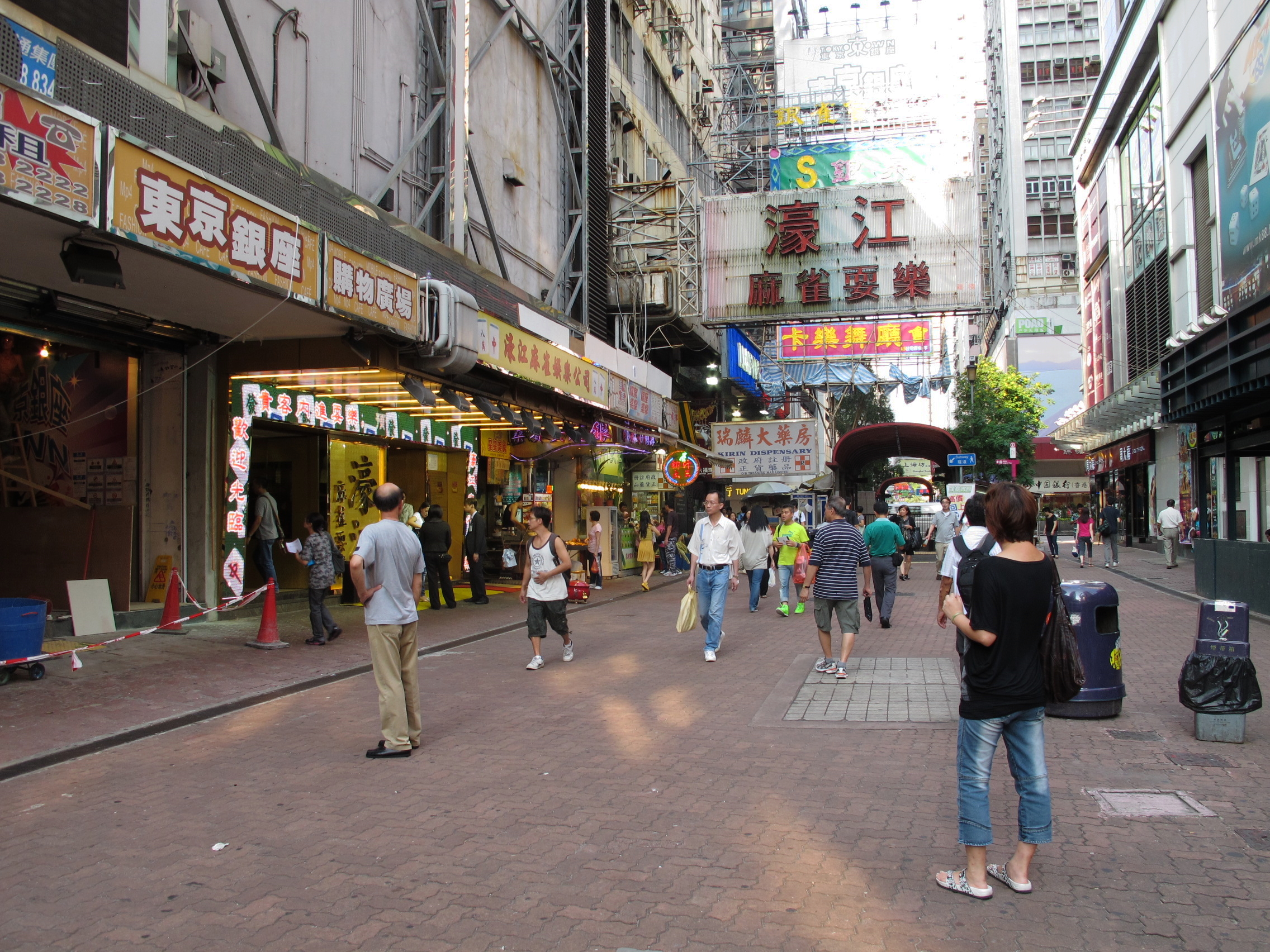






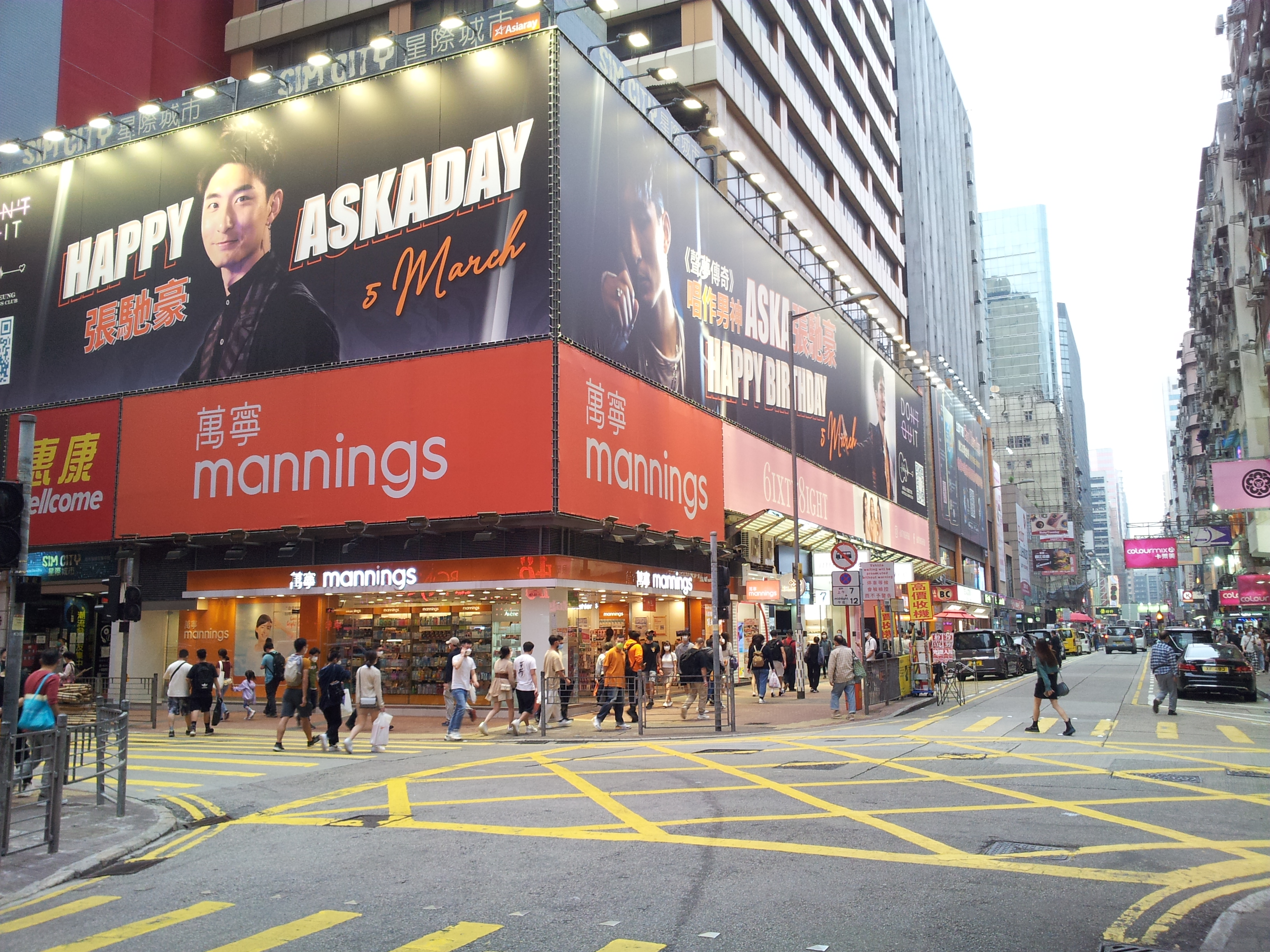
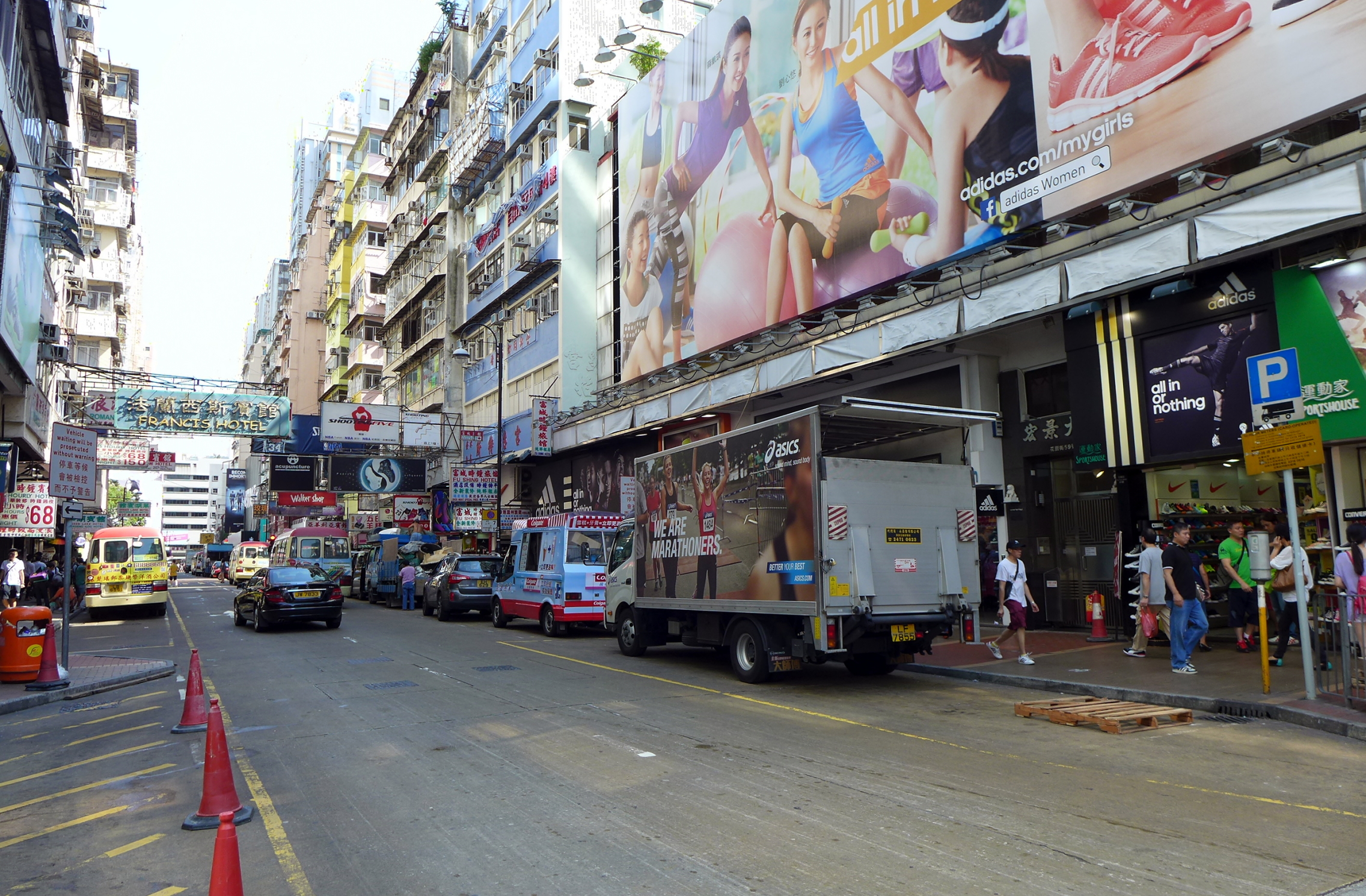
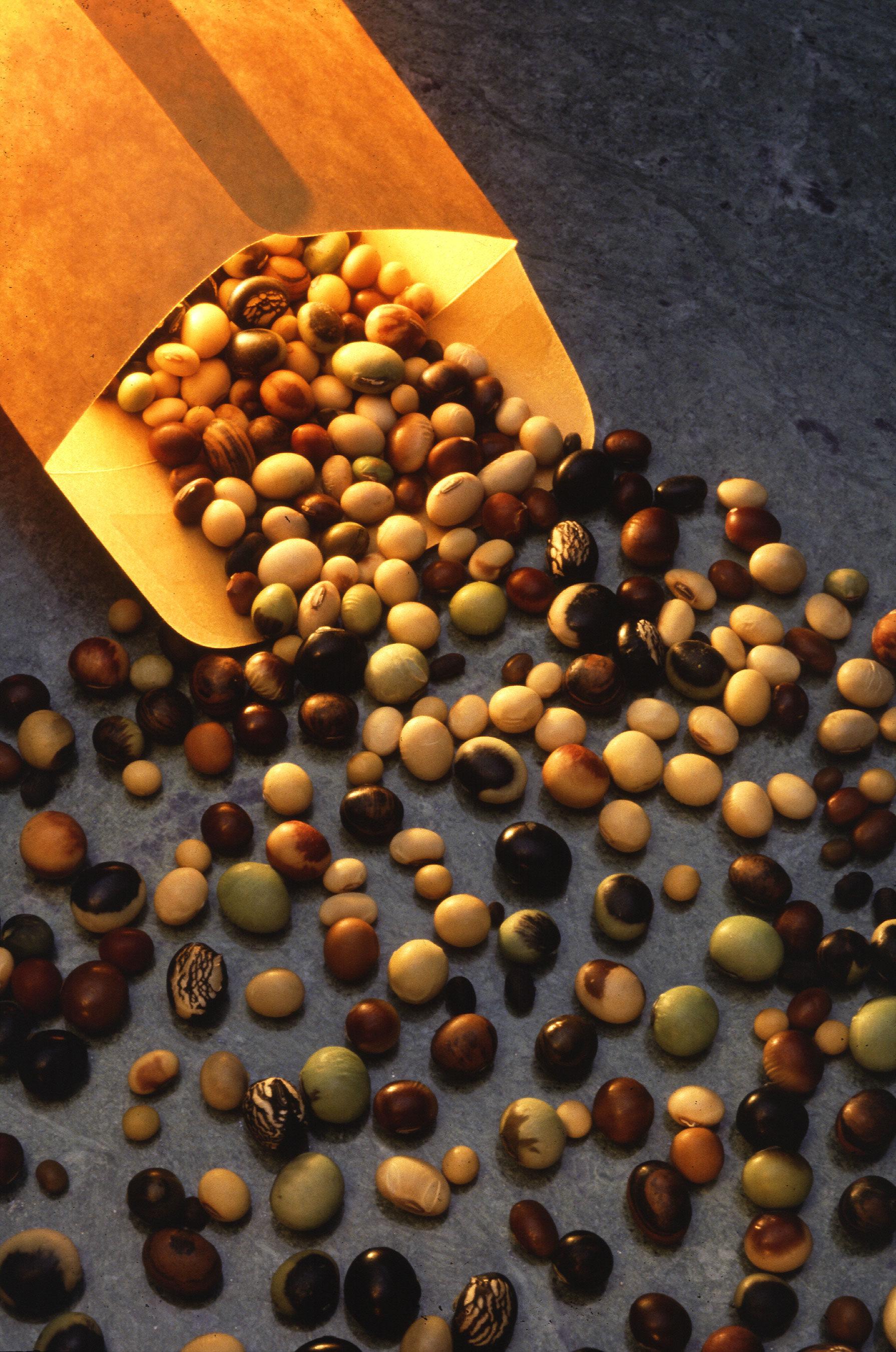
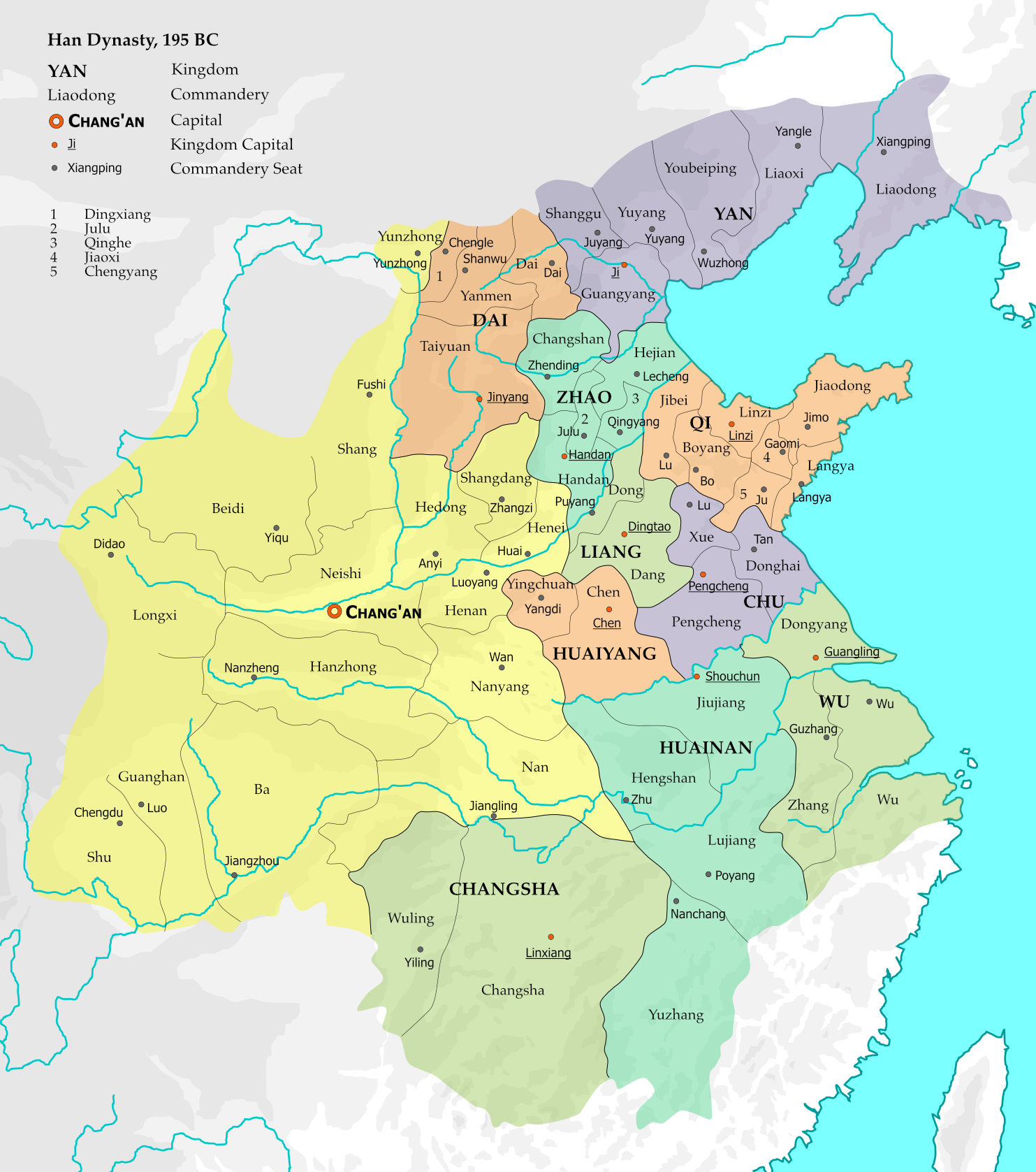
.jpg)